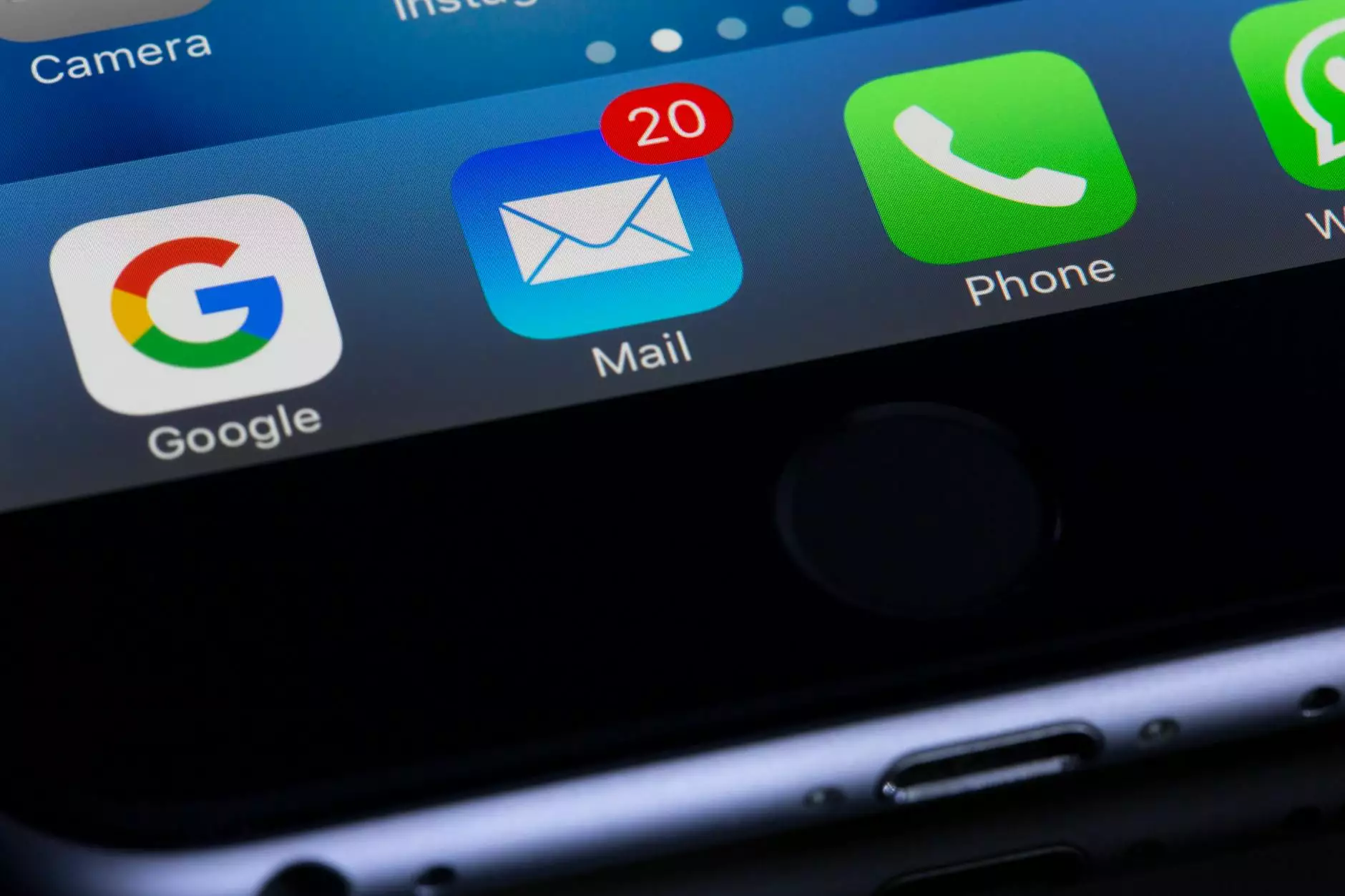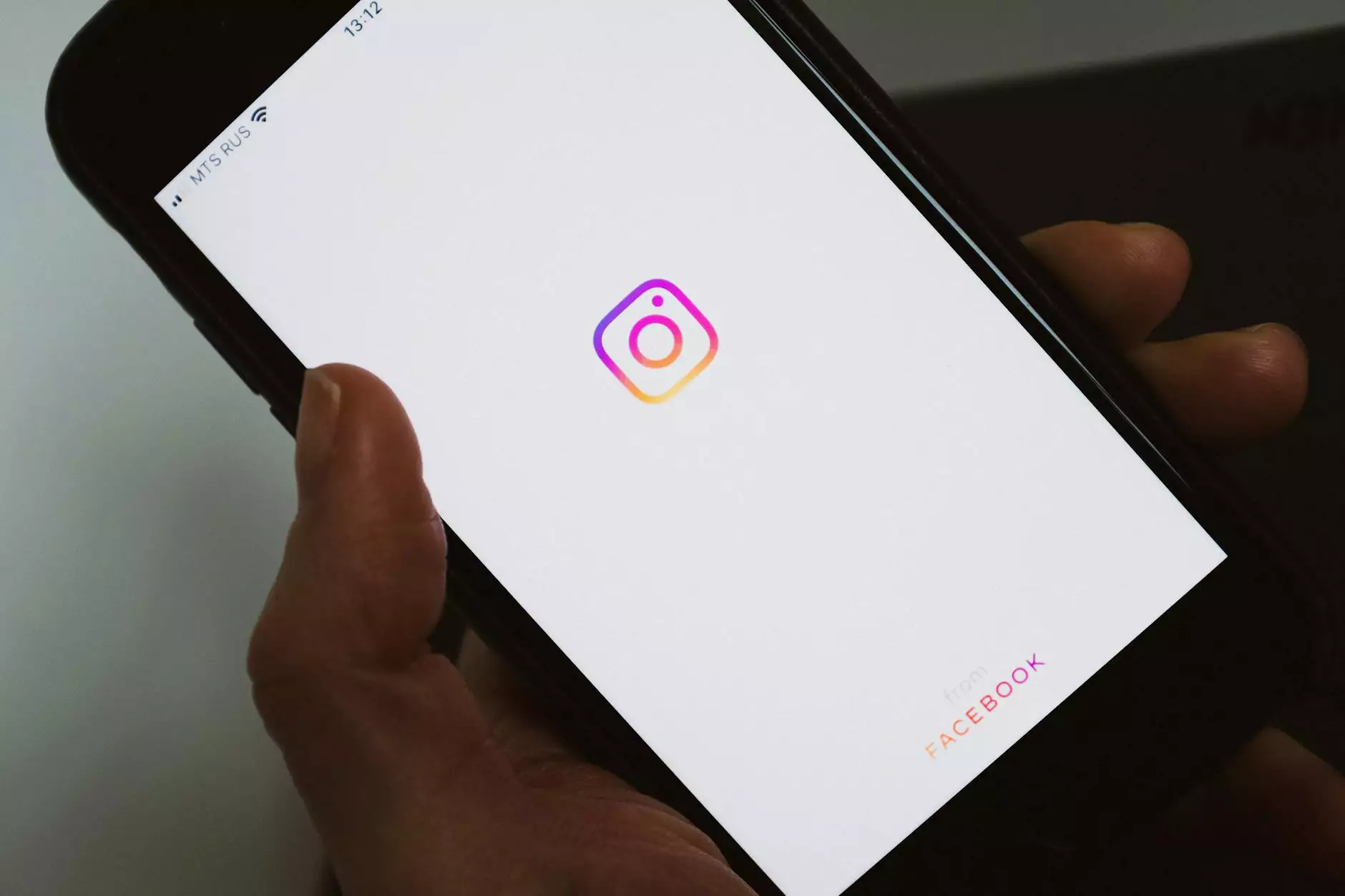Push Notification Vs In-App Notification: What Is Basic
Development Partners
Introduction
Welcome to Maslow Lumia Bartorillo Advertising's insights on the comparison between push notifications and in-app notifications. In this detailed article, we will explore the differences, benefits, and determine which notification type is ideal for your marketing strategy.
What are Push Notifications?
Push notifications are messages delivered to users' devices, such as smartphones or tablets, through mobile applications or web browsers. They are sent even when users are not actively using a specific app. Push notifications are designed to engage users, provide valuable information, and encourage them to take specific actions.
Benefits of Push Notifications
1. Increased User Engagement: Push notifications effectively engage users, capturing their attention and prompting immediate action due to the direct delivery to their devices.
2. Real-Time Updates: Businesses can instantly deliver important updates, news, or promotions to their users.
3. Personalization: Push notifications can be tailored based on user preferences, location, behavior, or demographics, creating a personalized user experience.
4. Higher Conversion Rates: By delivering targeted messages and encouraging users to take specific actions, push notifications can lead to higher conversion rates.
In-App Notifications
In-app notifications, as the name implies, are messages delivered to users while they are actively using a mobile application. Unlike push notifications, which can be received at any time, in-app notifications appear within the app itself.
Benefits of In-App Notifications
1. Contextual Messaging: In-app notifications provide relevant information or promotions based on users' current in-app activities or preferences.
2. Enhanced User Experience: By delivering notifications within the app, users can seamlessly interact with the content without being redirected to external websites.
3. User Retention: In-app notifications are effective in retaining users by delivering timely updates, rewards, or personalized messages to encourage their continued app usage.
4. Interactive Elements: In-app notifications can incorporate interactive elements like buttons, images, or videos, maximizing user engagement and encouraging specific actions.
Which Notification Type Should You Choose?
The ideal notification type for your marketing strategy depends on various factors:
1. Communication Objective
If your primary goal is to deliver time-sensitive updates, news, or promotions to a wider audience, push notifications prove more effective.
On the other hand, if your goal is to enhance user experience, deliver contextual messages, or encourage specific actions within your app, in-app notifications are the better choice.
2. User Behavior
Consider your users' behavior patterns and preferences. If they are actively using your app and would benefit from receiving notifications within the app experience, in-app notifications are recommended.
However, if your target audience is more likely to engage with your brand through various devices or when they are not actively using the app, push notifications provide the advantage of reaching users regardless of their current app usage.
3. Message Personalization
Personalized messages play a crucial role in user engagement. If delivering highly personalized user experiences is a priority, both push and in-app notifications can be customized based on user preferences.
Push notifications can be personalized based on user data collected from various sources, such as location, behavior, or demographics. In-app notifications, on the other hand, can provide contextually relevant messages based on users' current in-app activities.
4. Interactive Elements
If you aim to deliver notifications that prompt immediate actions like making a purchase, completing a form, or participating in a survey, in-app notifications offer more interactive elements to engage users directly within the app.
Push notifications can still include actionable buttons, but they may redirect users to external links or websites to complete the desired action.
Conclusion
Understanding the differences between push notifications and in-app notifications is essential for crafting a successful marketing strategy. Push notifications excel in reaching a wider audience, delivering real-time updates, and driving higher conversion rates.
On the other hand, in-app notifications offer contextual messaging, enhanced user experience, and higher user retention rates.
Ultimately, the choice between push notifications and in-app notifications depends on your specific communication objectives, user behavior, message personalization needs, and desired level of interactivity.
For professional guidance and assistance in implementing effective push notification or in-app notification campaigns, reach out to Maslow Lumia Bartorillo Advertising, a leader in the business and consumer services - marketing and advertising industry.










